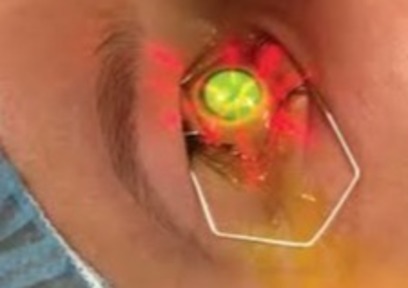Corneal crosslinking (CXL) results in stopping or slowing changes to the corneal curvature and stabilizing vision changes. In addition to the physical changes, are there psychological or emotional changes? It appears quality of life (QoL) improves for patients who undergo CXL.
In a 2021 study, doctors surveyed the quality of life of their patients with keratoconus. The doctors found that patients with mild, stable disease had responses that very similar to the responses of study subjects with normal vision. When keratoconus progression was identified, quality of life scores fell, even if the vision changes were mild. The authors suggest the psychological burden of keratoconus is greater than many suspect and patients struggle contemplating futures that may include increased dependency on others, or difficulty performing common tasks. The authors suggested minimizing the time before CXL is performed to minimize decreased QoL.
A more recent study looked at patient reported outcomes for quality of life before and after crosslinking. The survey tool used was the Keratoconus Outcomes Research Questionnaire (KORQ) which is designed to specifically capture activity limitations and symptoms that impact individuals with keratoconus. Seeing in the distance was the activity limitation most often reported, and the most common symptom reported was trouble with vision when tired.
A group of 39 patient within this study completed the KORQ survey, underwent crosslinking, and then repeated the survey more than six months after the procedure. This gave researchers a rare before-and-after look at the impact of CXL on quality of life as reported by patients themselves. There were improvements in all categories. The authors noted that the improvement in QoL scores were most noticeable for patients with severe keratoconus, “Although the primary aim of corneal cross-linking is to halt keratoconus progression, it may improve patient reported outcomes, particularly the visual functioning, symptoms and emotional status in people with keratoconus.”
References:
Quality of Life in stable and progressive ‘early-stage’ keratoconus patients. Steinberg J, Bassmann N, et al, Acta Ophthalmol. 99:e196-e201, 2021.
Crosslinking Improves the Quality of Life of People with Keratoconus: A Cross-Sectional and Longitudinal Study from the Save Sight Keratoconus Registry, Kandel H, Chen JY, et al, Cornea, Online ahead of print, PMID: 36729643, 2022.

